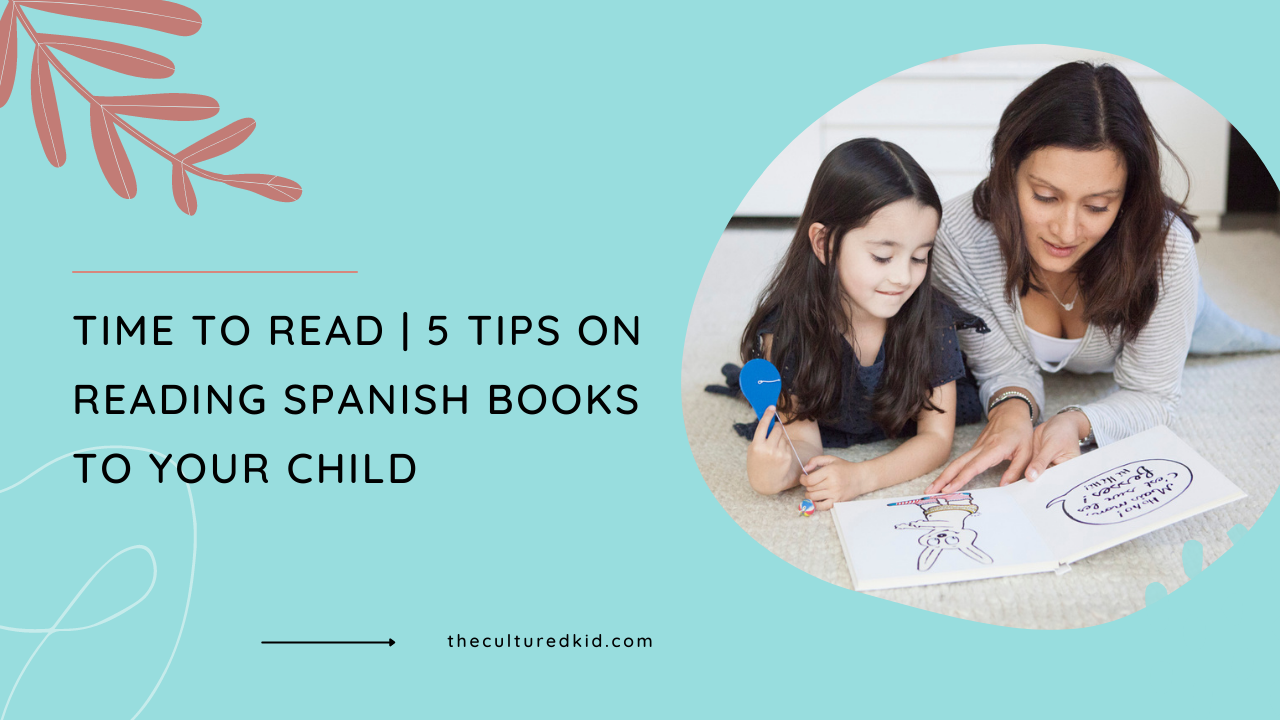Time To Read | 5 Tips on Reading Spanish Books To Your Child

It’s widely recognized that reading to children from a young age offers numerous benefits...
At the very least, it enhances listening skills, expands vocabulary, develops attention span and memory, helps grasp the meaning of words, stimulates imagination and all the senses, and much more!
So, it's no surprise that if you want to teach your child Spanish, the earlier you start, the better. Studies show that children who are read to aloud as babies are more proficient in the language and have better reading skills when they start school compared to those who weren't.
Feeling unsure where to begin? Don't worry! We've gathered some top tips to make this process a fun and rewarding experience for both you and your child!
5 Tips on Reading Spanish Books to Your Children
- Start reading to your child as early as possible. Children are never too young! Even if you feel like your child isn't fully engaged, keep going. At the very least, you're establishing a valuable reading habit and introducing vocabulary that will become familiar over time.
- Spark your child's interests. Look for books in both languages that cover topics they care about. One of our favorite children's books is the internationally acclaimed "The Very Hungry Caterpillar" by Eric Carle. Why not read both the English version and the Spanish edition, "La Oruga Muy Hambrienta"? You'll be amazed at how much your child understands when you introduce the story in Spanish!
- Explore materials related to your family history and culture. This adds a personal touch to learning the Spanish language, making it more relevant and meaningful.
- Diversify your reading materials. Seek out various sources such as magazines, newspapers, online articles, puzzles, and board games. Embrace variety to keep the learning experience engaging and exciting.
- Enlist the help of Spanish-speaking family or friends. Encourage them to share stories, poems, songs, and nursery rhymes in Spanish with your child. Even if they're not fluent, any exposure to the language is beneficial. The more exposure, the better!
By following these tips, you can create an enjoyable and effective language learning journey for your child, nurturing their love for the Spanish language and opening doors to endless possibilities. Happy reading!
GRAB OUR FREE 'KIDS LANGUAGES MADE EASY' GUIDE
FOR NON-NATIVE PARENTS!
Discover how you can run consistent language lessons, that are fun and engaging and help your kids make the progress they deserve!
Even if you're not fluent!
We hate SPAM. We will never sell your information, for any reason.








